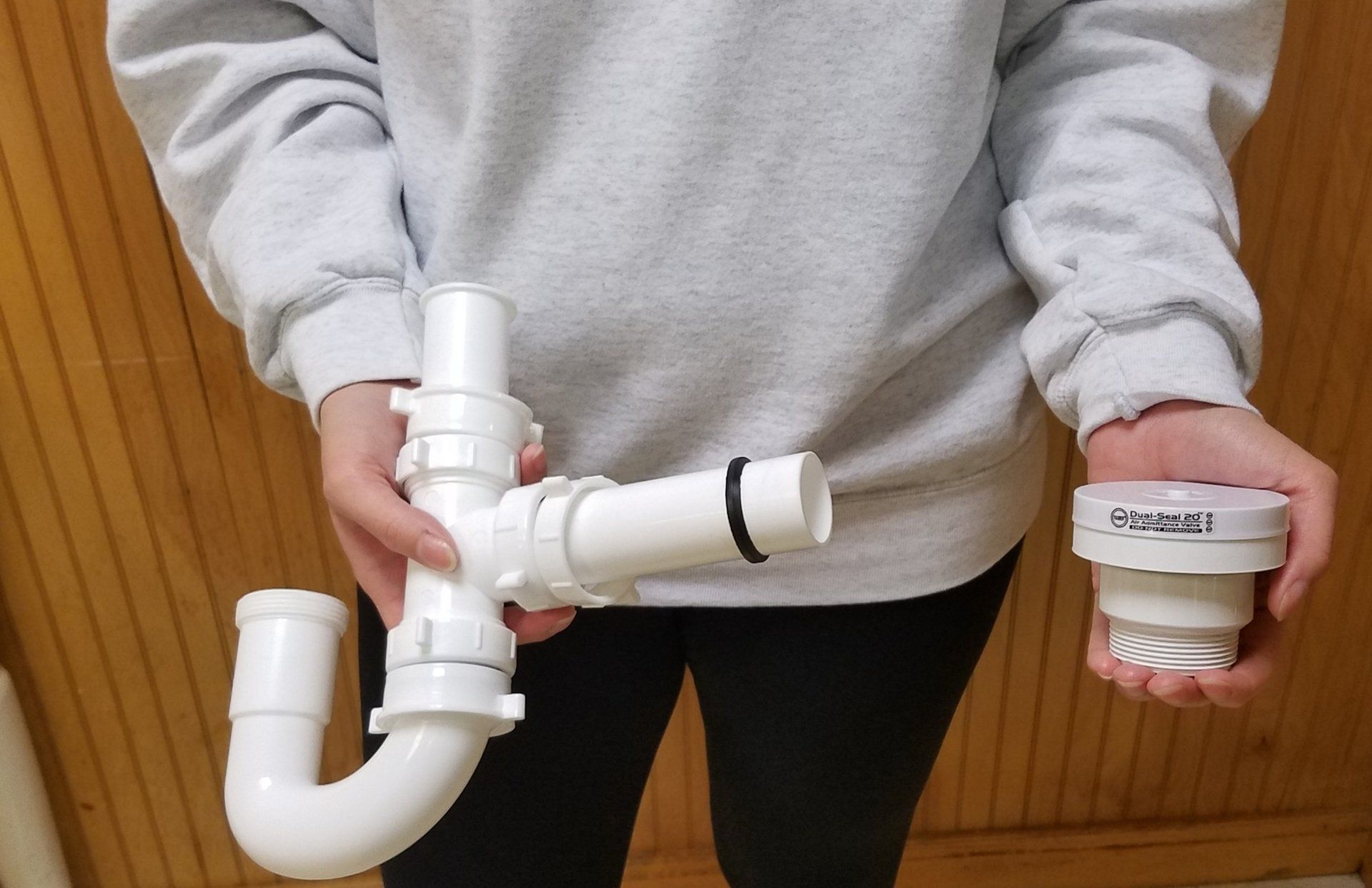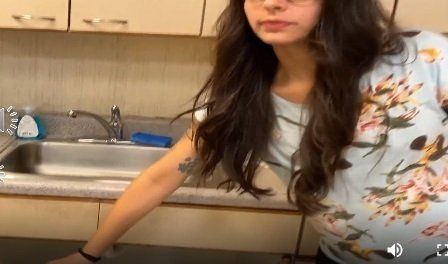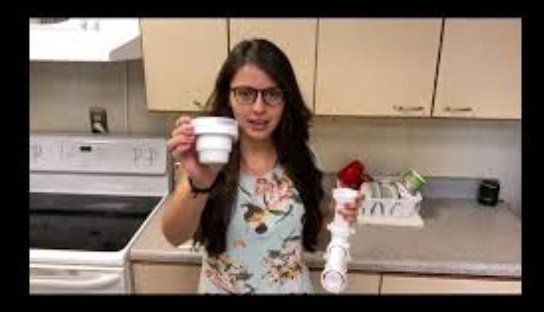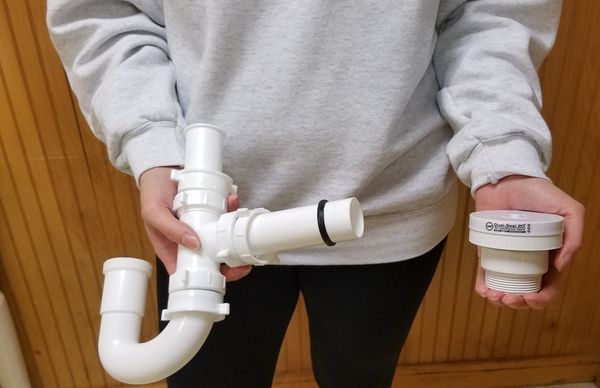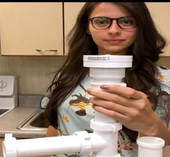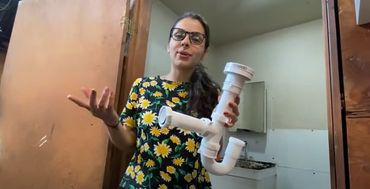Featured Article
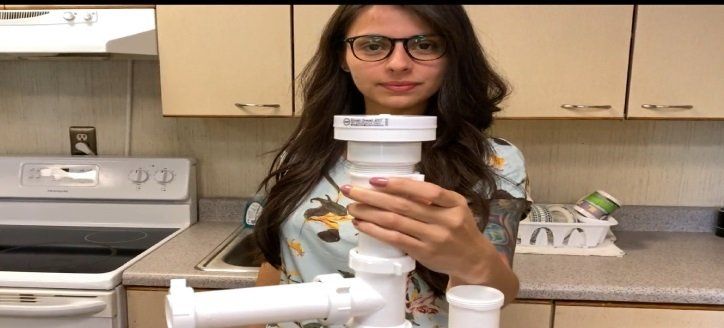

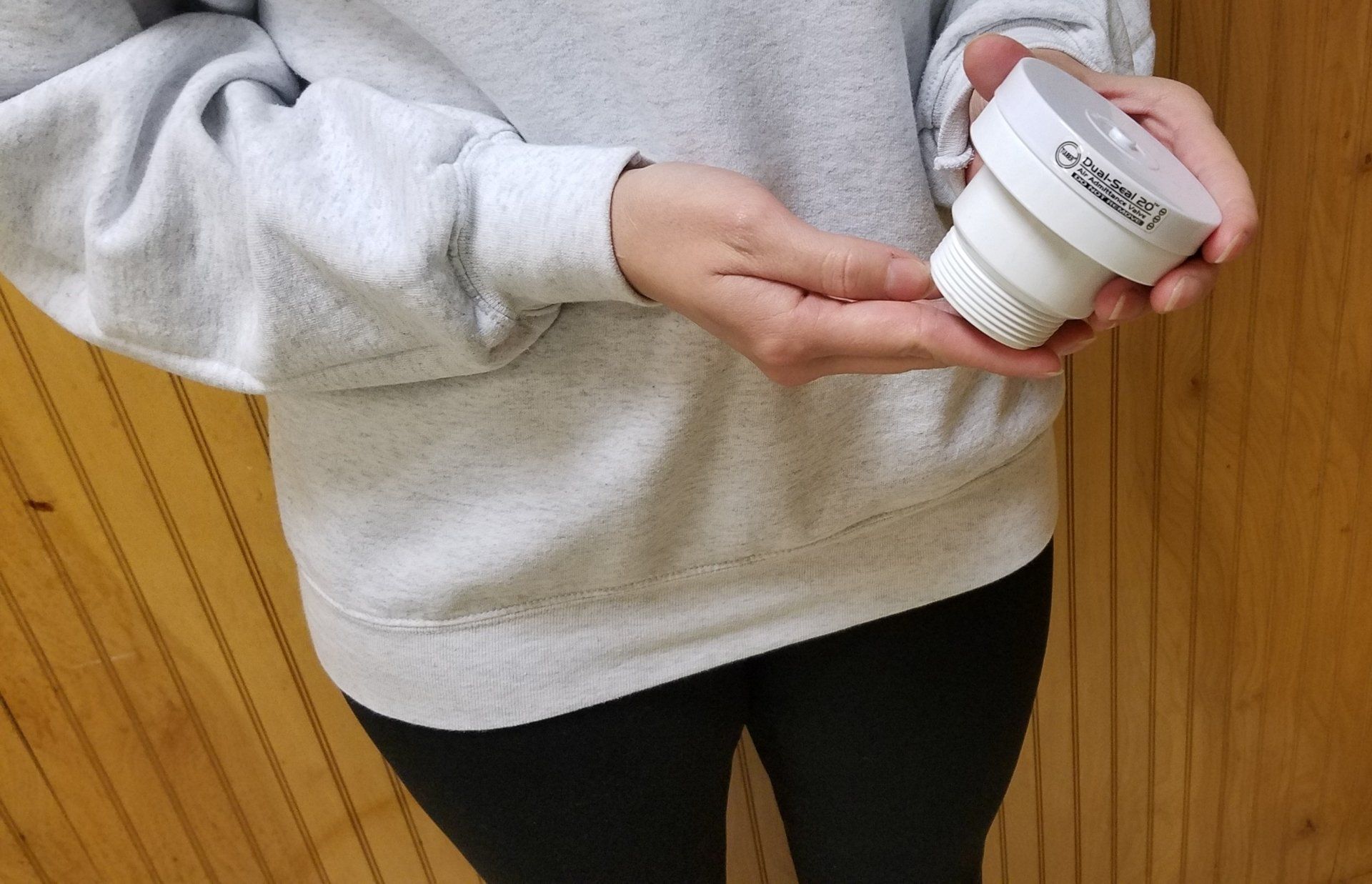
Why is Air Admittance Valve necessary?
Air induction valves can be of great help in a building/structure. Throughout planning another home - or revamping a more established one. Venting is a significant piece of plumbing; it removes unsavory and hazardous gases from the design, it likewise levels pneumatic stress inside the channel framework by forestalling vacuums and the directing of water out of traps. However, to vent appropriately includes cutting openings in the rooftop and introducing pipe at code-determined areas, which can be badly arranged in certain circumstances. It is in those circumstances where an air permission valve can make all the difference.
Air Admittance Valves (AAV) is single direction vents introduced after the snare on the channel line of an installation. They're intended to address negative pneumatic stress in the channel framework, made when an installation is depleted. The waste water being sent down the channel is known as a "slug".
Inability to bring air once more into the lines can bring about a vacuum (causing moderate depleting and murmuring), or even the guiding of water out of traps (permitting sewer gases to enter the home through channel openings). Where standard venting is unfortunate or impractical, an AAV will protect against those situations. An AAV can significantly reduce the amount of venting materials needed in a plumbing system. They also allow greater flexibility in the layout of plumbing fixtures, and reduce long-term roof maintenance.
Slow Drain
This sort of plumbing issue can sneak up in any building/structure. Not all that awful from the outset, so perhaps you disregard it. But, at the long run, it becomes terrible as you see evidences such as brushing your teeth over a sink topping off with toothpaste froth, or showering lower leg somewhere down in messy water. Then, it becomes a completely obstructed channel, depleting gradually and getting more slow. In the event that you overlook it excessively long, it's anything but a more major issue.
Causes of Slow Drain
A single slow drain is likely caused by a partial clog somewhere along that drain. It can also be caused by the following;
Bathroom Sinks, Showers, and Tubs: lots of drains are sent into bathroom sinks, showers, and tubs. Hair can get caught in the sink stopper or clog up the P-trap (the curved section of pipe below the drain). Shaving cream and beard trimmings can form sticky cement and soap scum can build up along the inside surfaces of the drain, constricting the flow.
Toilets: water, toilet paper, and human waste should only be the three things that can be flushed down the toilet. However, people flush all kinds of materials such as tampons, pads, wipes, cat litter, dental floss, bandages , cotton swabs, excess toilet papers and so on that can clog their toilet drains and may be the source of your slow drain problem.
Clothes Washers: fibers from clothes gather in the lint trap with every load and released in the wash cycle head down the clothes washer drain which can cling together and form clogs inside the drain.
Kitchen Sinks and Dishwashers: food debris, Food particles, grease, oils, and fats sent down the kitchen sinks and dishwashers may be biodegradable, but it can hang around a long time in the drain, stick together inside the drain, slowing and eventually fully stopping water flow. Coffee grounds and eggshells can accumulate as sediment at the bottom of your P-trap, get bound up with grease and worsening the clog.
Drain pipes, vent pipes, main sewer lines/ Septic System: Broken or backed up sewer or drain lines can badly damage the home with issues such as flooding to foundation problems. All of the materials that cause single slow drains can work their way into the drain pipes and cause similar constrictions and blockages that impact many drains. Vent pipes maintain neutral air pressure in your drain pipe system; without free air flow, the unequal air pressure will slow down drainage and cause more serious problems. Main sewer line continues outside of your house and underground, a settling foundation can partially collapse the sewer line pipe, cracks and leaks in the pipe can let in dirt and other debris. Septic system can cause a wide variety of problems such as sludge to back up into your main sewer line.
Causes of Slow Drain where an AAV is installed
Back pressure in the drain pipe system if the AAV has been installed upstream from a trapped drain, for instance, toilet or large sink that prevents an opening for the drain to flow freely.
Partial drain blockage downstream from the fixture, improperly-sloped drain line can result in slow drain
A roof vent blocked by debris, frost or a rodent can cause slow drain.
Installed small AAV too small for the total waste water volume or installation without manufacturer’s specification can lead to slow drain.
Simple Fixes for Slow Drains
Because the clogs and buildups that cause single slow drains are usually easier to access, you may be able to fix some problems by doing the following;
Remove hair from your bathroom sink stopper using old-fashioned plunger can often clear smaller clogs.
Some clogs call for a plunger. Stop up any air vents or adjoining drains, clamp off the dishwasher hose and seal the drain openings. With at least a couple inches of some water in the basin, you want to plunge rapidly several times, pulling up sharply at the end to move the clog.
Baking Soda Method can clean out anything making the sink to drain slowly by Measuring out ½ cup of baking soda and pouring it down the drain and ½ cup white vinegar dropped down the drain to clean out the clog.
Avoid using harsh chemical drain cleaners which can damage your plumbing.
Call in a qualified plumber if the problem persists. They have the tools to better diagnose the cause, clear the clog with a plumbing snake or auger, remove the P-trap or toilet to access and resolve the problem. If the drain pipes or main sewer line are clogged, they may
be able to clear them with a professional-grade machine auger or water jet.
Using air admittance valve
Air admittance valve pose as a useful tool to solve problems of waste systems and ventilation. It balances the depression of fluids that flows when function using the aerator to prevent odours emission and noise formation.
Air Admittance valve are intended to diminish the quantity of pipes that need to enter the rooftop and dividers of a property. They diminish the quantity of parts needed to ventilate soil and waste expulsion. This helps holds any gas and awful stenches back from entering the inward air space of a property and furthermore assists with making a siphon when waste water is poured or flushed away. You might be acquainted with the regular "murmuring" sound that a sink can make. This is proof of the siphon working. When there is no water streaming, water is caught by gravity in the U segment, making the seal and siphon and keeping down the scents and gases.
AAV’s are certified to reliably. However anything mechanical can and will fail. An AAV should not be tampered with or spray painted. Detection of a sewer odor under and around the sink or in the attic may mean that AAV have issues to be worked on.
Constraints in fixing AAV and Potential issues
AAV can only be fitted to vertical pipe work. The valve turned on the side will result into the seal not working.
They can only be fixed within a building to avoid freezing if fixed outside. Without a formed polystyrene moulding fitted to the valve top after installation in an unheated building will result in lack of protection from frost.
Air Admittance valve may have issues such as unwanted smell, gargling sounds or waste water which may come up from the pipes, the valve may get stuck, waste pipe may be blocked, air admittance valve has been installed at too low a point, there Might Be Leaks or an unwanted hole.
Also, air admittance valve fitted into vent pipes that are not vented separately can lead to the back pressure in the pipe work when there is a discharge in the alliance can cause an issue with the AAV. If the AAR is faulty, the sewer gas may be allowed into the building.
Solutions
A simple spray of lubricant can help to loosen the valve and ensure it is back in working order. To reduce the risk of this issue occurring, the valve is higher than the highest point of any shower, bath, sink or toilet.
The smartest option with regards to openings in the valve is to go to the foundation of the issue. Get an exterminator on the off chance that rodents can be a common reason for issues like this. Check it out and keep the exterminator’s number convenient for good measure. With respect to fixing the openings, it can be an ideal situation getting another valve and to be certain that the bugs are leveled out before you do.
On the off chance that your concern isn't openings in the valve, it's an ideal opportunity to take a look at the actual valve. An air permission valve leaving behind stops up and sewer scent is broken, so make certain to discover your receipt in the event that you actually have it and take the valve back when you see that it's anything but working. Likewise, ensure that the air induction valve isn't itself obstructed, as that can in some cases be an issue. On the off chance that there are no obstructs and all that is by all accounts liberated, then, at that point return it right away.
An air admittance valve must be installed and positioned above the flood level of the appliances it is fitted. This will ensure that the AAV function correctly in order for the seal not to be broken. Review all technical specifications, limitations and technical manual. Consult a professional to resolve complex issues.
For further information, advice, suggestions and consultation, please contact our support. We will be happy to provide you with the necessary tips.



